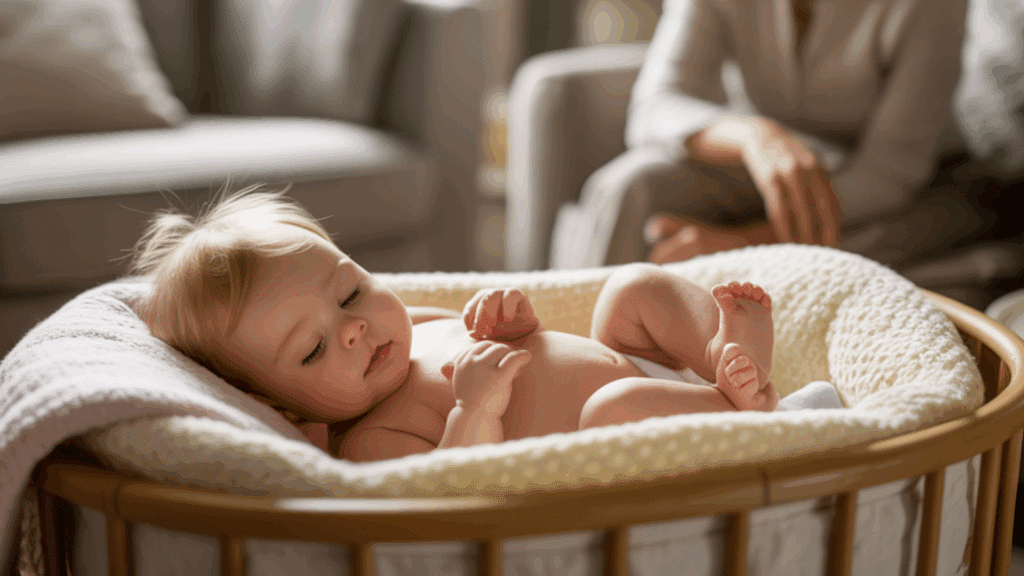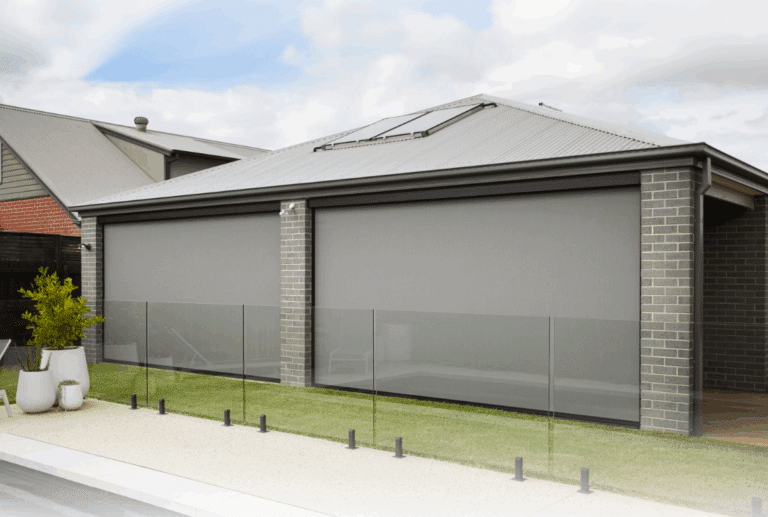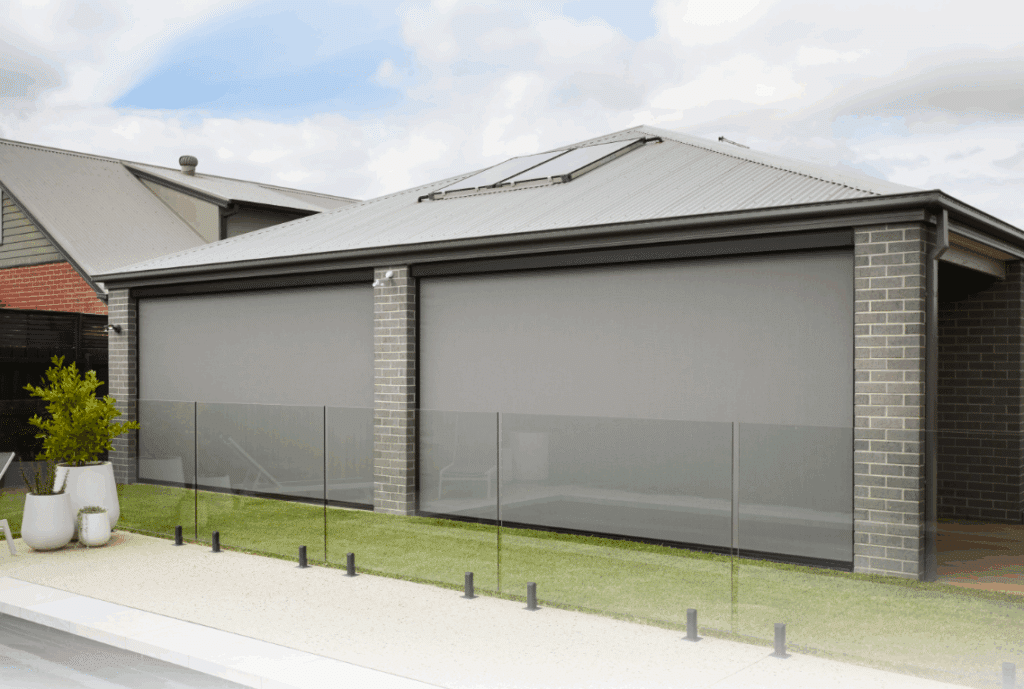Tiny babies, big changes! That first roll in the bassinet, often a proud moment, can quickly turn into a worry when bedtime rolls around, leaving you wondering, Can baby sleep in bassinet if rolling over?
It’s a common concern as your little one learns new ways to move. In this blog post, you’ll learn about the exciting developmental milestones your baby is reaching.
We’ll provide clear, simple answers and tips to ensure safe sleep as your baby becomes more mobile.
Let’s help those rolls lead to safe and good sleep, and that’s exactly what our blog provides.
Understanding the Developmental Milestones of Your Baby
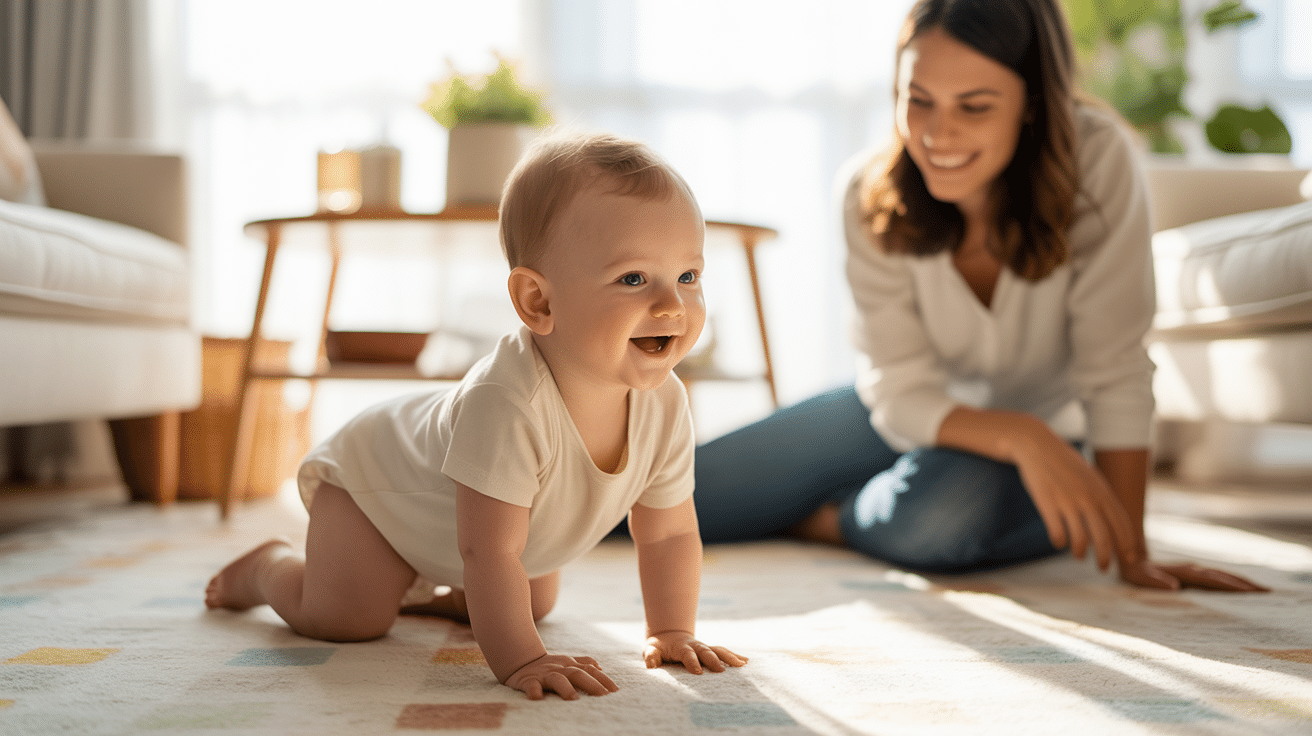
Babies develop rapidly in the first year, and recognizing key milestones is essential for understanding their growth.
Between 3 to 6 months, many infants begin to roll over, an important sign of developing strength, balance, and coordination.
As this new movement begins, parents often ask, can baby sleep in bassinet if rolling over safely. This milestone marks greater mobility and physical independence.
Around this same age, babies also experience changes in their sleep patterns. As their brains and bodies mature, they gradually shift from short, frequent sleep sessions to longer stretches of rest, particularly at night.
Each stage reflects important changes in muscle tone, reflexes, and sensory processing that support continued growth. Staying aware of these developments allows parents and caregivers to respond to their baby’s needs with confidence and care.
Can Baby Sleep in Bassinet if Rolling Over?
Once a baby begins to show signs of rolling over, typically around three to six months, the safety of using a bassinet becomes a significant concern. Many parents wonder, can baby sleep in bassinet if rolling over safely during this stage.
Bassinets often have lower weight limits and less sturdy structures compared to cribs. As infants gain mobility, the risk of them rolling against the sides or even out of the bassinet increases substantially.
- Weight Limits: Always adhere strictly to the manufacturer’s stated weight and age limits for the bassinet. Exceeding these limits compromises the structural integrity.
- Mobility: The first indication of rolling necessitates a transition to a crib. A crib provides a more secure and spacious environment, reducing the chance of falls.
- Suffocation Risk: While rolling itself isn’t inherently dangerous, doing so in a confined bassinet with potential for wedging against the sides poses a suffocation hazard.
- Safe Sleep Practices: Continue to place your baby on their back for sleep in the crib. Once they can independently roll from back to front and front to back, they can be left in the position they choose. However, always initiate sleep on their back.
- Environment: Ensure the crib environment is also safe, with a firm mattress and no loose bedding, pillows, or toys.
As your baby reaches this developmental milestone, it is crucial to prioritize a secure sleep environment. Transitioning to a crib offers the necessary safety features to accommodate their increasing mobility.
Signs That Your Baby is Ready to Transition from Bassinet to Crib

Transitioning from a bassinet to a crib is a significant step as babies grow. Recognizing signs of readiness ensures safety and comfort.
Outgrowing the Bassinet’s Weight or Size Limit
Most bassinets have weight limits, typically 15–20 pounds, or size restrictions for safety. If your baby nears these limits, usually around 4–6 months, the bassinet may no longer provide adequate support.
Check the manufacturer’s guidelines regularly to confirm compliance. A crib offers more space, ensuring a secure sleep environment as your baby grows.
Increased Movement During Sleep
As babies become more active, they may wiggle or shift during sleep, risking contact with the bassinet’s sides. This movement, common around 3–6 months, can compromise safety in a smaller space.
A crib’s larger area accommodates tossing and turning, promoting safer, uninterrupted rest for your baby.
Rolling Over or Sitting Up Independently
When babies roll over or sit up, often by 4–6 months, bassinets become less safe. These milestones increase the risk of falling or getting stuck against the sides. A crib with higher sides and a firm mattress supports these new skills, keeping your baby secure during sleep.
Disrupted Sleep or Fussiness in the Bassinet
If your baby seems restless or fussy in the bassinet, it may indicate discomfort due to limited space.
This often occurs around 5–6 months as babies need room to stretch. A crib provides a larger, more comfortable sleep area, helping improve sleep quality for both baby and parents.
Essential Tips for Safe Baby Sleep Practices
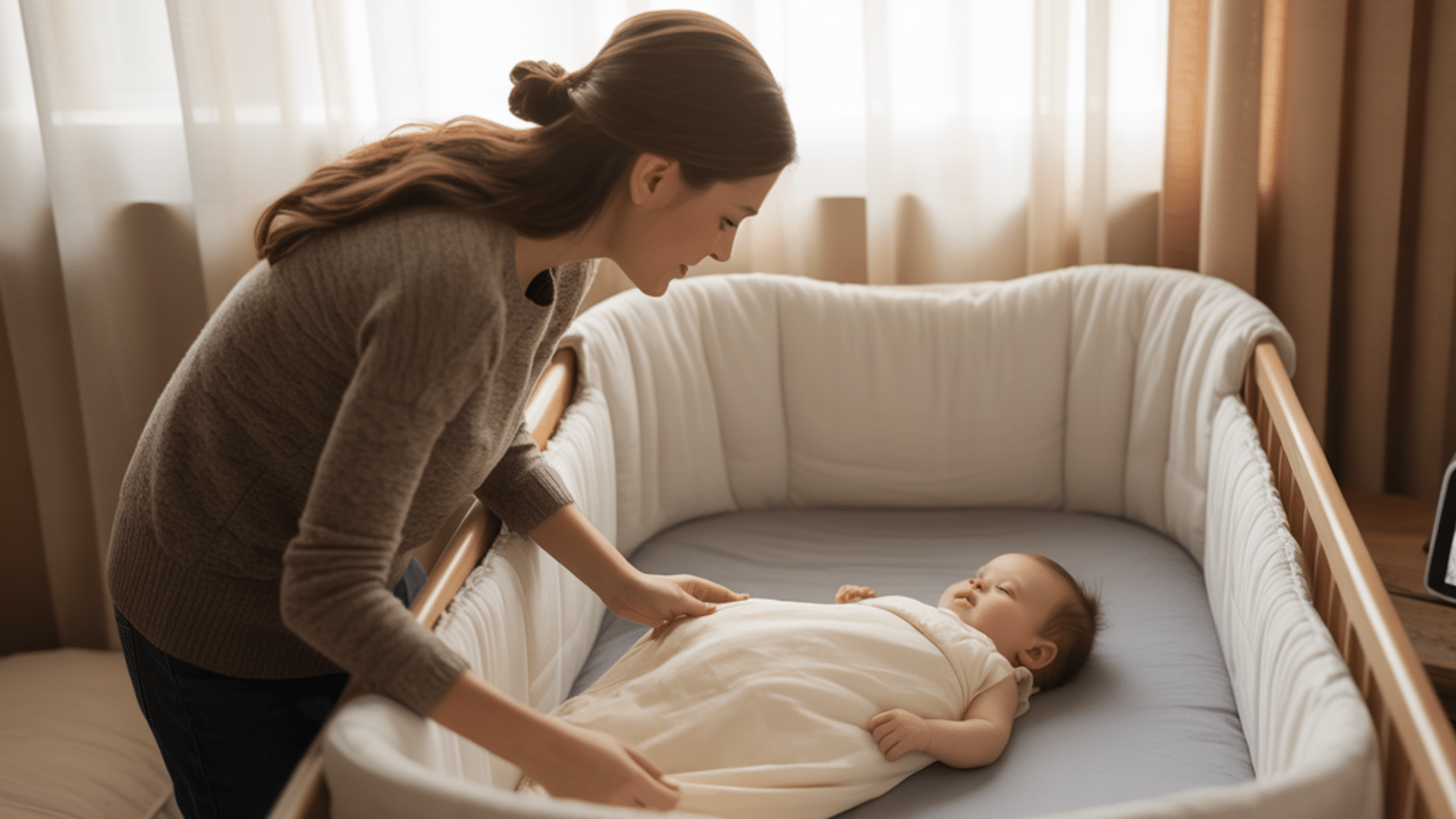
Safe sleep practices protect infants from risks like SIDS.
Pediatricians and the American Academy of Pediatrics (AAP) recommend back sleeping, firm mattresses, and close monitoring. A clear, safe sleep environment supports healthy rest.
- Back Sleeping: Always place your baby on their back for sleep. This position significantly reduces the risk of Sudden Infant Death Syndrome (SIDS).
- Firm Mattress: Use a crib or bassinet with a firm, flat mattress and a fitted sheet. This ensures a stable surface that minimizes suffocation hazards.
- Clear Sleep Area: Remove loose bedding, pillows, toys, or other items from the sleep space. These can pose choking or suffocation risks during sleep.
- Monitor Closely: Use a reliable audio or video monitor to observe your baby. This allows you to respond quickly to any changes or issues during sleep.
- Room Sharing: For at least the first six months, keep your baby’s sleep area in the same room where you sleep.
- Avoid Overheating: Dress your baby in light sleepwear and keep the room at a comfortable temperature to prevent overheating.
Final Thoughts
In conclusion, the question of whether can baby sleep in bassinet if rolling over arises when infants reach this significant developmental stage.
The answer, for safety’s sake, is no. As soon as your little one starts showing signs of being able to roll, transitioning them to a crib is essential.
Continuing to use a bassinet once this milestone is reached introduces potential dangers associated with limited space and the risk of falls.
What were your experiences when considering whether, can baby sleep in bassinet if rolling over?
Share your insights and any advice you might have for other parents in the comments below!


